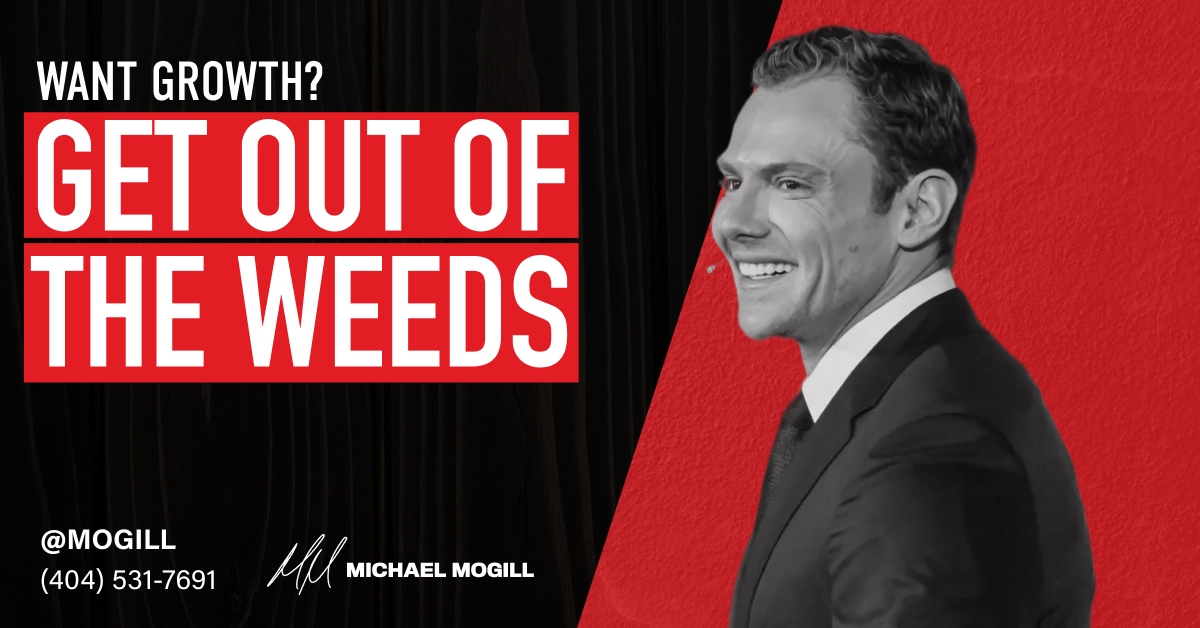When making a decision, I try to evaluate a couple things.
First, I ask: “What is the value of the upside of making the right decision?”
Then, “What is the downside of making the wrong decision?”
If I make the right decision, what’s the possible reward?
If I make the wrong call, what is the potential cost? Sometimes there’s a financial cost. Sometimes there’s a time cost. Sometimes there’s an opportunity cost.
After considering those two factors, I look at two more probabilities:
What’s the probability of being right?
What’s the probability of being wrong?
The upside might be high, but my probability of being right could be low. The downside could be fairly low, and my probability of being wrong is also low. In that case, you would just go for it.
For most decisions, it makes sense to move forward unless the downside is high and the likelihood of being wrong is high as well.
I stay away from any decisions that could wipe us out or could potential bring the business down to zero. It’s not so much of an issue of being wrong; it’s just that it has to be worth it.
If there is a higher probability of being wrong, then you want to make sure that the upside of being right is significant enough to alter that delta and make it worthwhile for you.
For example, imagine you’re placing a bet. Let’s say the upside of being right is you win $1 million. The downside of being wrong is you lose $1 million. Your probability of being right is 50%. Your probability of being wrong is 50%. In that case, the upside is not really high enough, so it’s probably not a good decision.
But let’s say your upside of being right is $100 million, and your downside of being wrong is still $1 million, but it’s 50/50. In that case, it probably makes sense to go for it.
A the third scenario could be that your upside of being right is $1 million, your downside is $10 million. Let’s say the odds are the same. In that case, no way. It doesn’t make sense.
Evaluating decisions through that lens is really called an expected value equation.
You want to make sure that there’s enough of a difference between the upside of being right and the downside of being wrong and then the probabilities are in the favor of being right.
I’ll admit that a lot of these calculations are a bit speculative or subjective, but if you consider high-stakes decisions with this sort of formula, it can take a lot of guesswork and emotional decision-making out of the equation.






